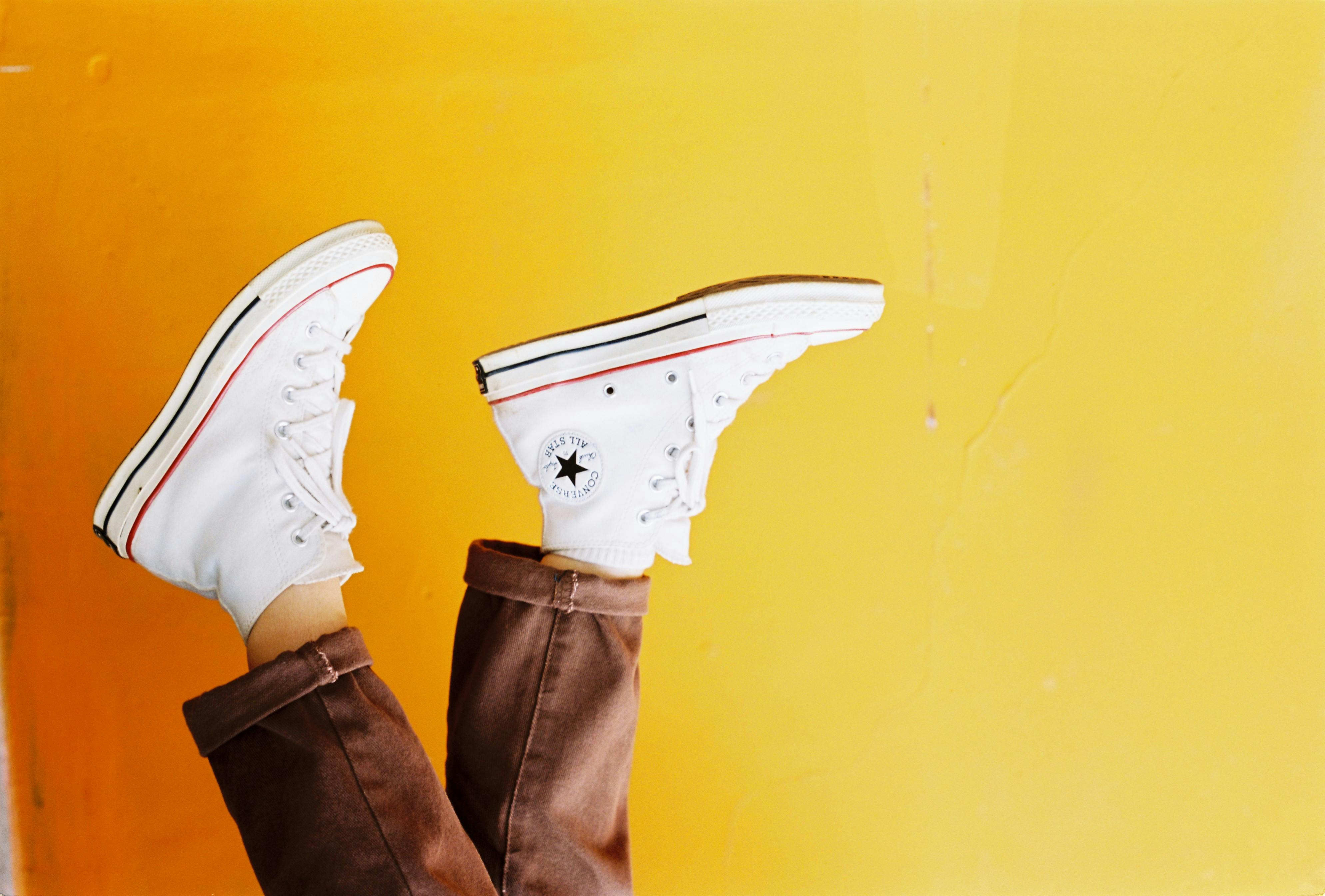Introduction
Massage is perhaps the oldest form of practical healing known to humans, easily predating written records. For millennia, people from virtually every culture have used a combination of touch, heat (thermotherapy), and stones as therapeutic tools. It’s pretty safe to say that almost every culture has used heat and/or stones to have some type of healing effect on the body, either by using stones directly on the body as we do in a hot stone massage, or indirectly, similar to a structure like Stonehenge that affects the body energetically.
Most therapists who incorporate heated stones into their massage routine agree that the Chinese, Native Americans, and Hawaiians have played a significant role in the way stone therapy is applied today (although there are also the Egyptians, Ayurvedic medicine, Pacific Islanders and many other cultures are said to have used stones in their healing arts).
Traditional uses of stones.
One of the first recorded uses of stones for healing was by the Chinese. Before the invention of metal acupuncture needles, variously shaped and sharp stones were regularly used by ancient Traditional Chinese Medicine (TCM) practitioners to treat illnesses. These stones were known as ‘Bian stones’ and were used to prick, pierce and bleed various points on the body (as well as pierce boils and perform other superficial procedures). The Chinese also used heat, in the form of ‘moxabustion’ (burning ‘mugwort’, a dried herb, on acupuncture points), to increase yang/heat in the body and have a healing effect on patients. Almost all TCM practitioners still use moxabustion.
No doubt both Bian Stones and moxabustion were used together in the same treatment; however, there are differing opinions when it comes to the specific use of stones to massage the body. TCM practitioners ‘scraped’ various muscles and meridians with jade tools (and other hard objects) to treat various diseases. This was/is known as ‘Gua Sha’, and is still practiced today.
Native Americans had many rituals that involved the use of stones. One of the best known rituals involved placing heated stones (usually basalt) in a teepee-like structure, also known as a ‘Sweat Lodge’. This practice was used to cleanse and heal the body and mind. Various other cultures, including the Romans, had a similar idea, which led to the development of modern saunas. Another Native American ritual used a heated stone that was wrapped in cloth/bark. This hot stone was placed on the lower abdomen of a menstruating woman to relieve cramps (women today employ this same principle when using a hot water bottle).
Heated stones were perhaps used even more frequently in traditional Hawaiian healing practices. Common uses included wrapping heated stones in ‘ti-leaves’, a special type of leaf with therapeutic properties. These wrapped stones were then placed on sore areas of the body to reduce pain, similar to using a hot compress or poultice. Hot stones were also placed in shallow wells and covered with these same leaves. The patient would then lie on the leaves, allowing the healing properties to infuse into the body.
It is also said that volcanic stones were rubbed on the body after a traditional Hawaiian Kahuna/Lomi-Lomi massage (in the Hawaiian language, Lomi-Lomi simply means ‘to knead/rub/massage’). Due to the coarseness of the stones used, this was perhaps less of a massage technique and more of an exfoliation. Hawaiians are one of the cultures most closely linked to stone therapy today.
There are also endless references to the use of gems, crystals, and other types of stones by many cultures throughout the history of healing.
About Today’s Hot Stone Massage
A truly unique style of massage, modern stone therapy has been gaining popularity around the world after it was “discovered” in the United States in 1993. The story revolves around a masseuse named Mary Nelson, who was suffering from injuries for repetitive use. on the shoulders/wrists. She was in a sauna with her niece who was about to get a massage and was ‘called’ to use the stones. Mary chose some of the softer stones and used them in the massage. She felt great (both to the client and the therapist) and Stone Therapy as we know it today was born. This early style of stone therapy today is/is called ‘LaStone Therapy’.
Mary ‘channeled’ much of the information about LaStone Therapy from her Native American spirit guide. This is one of the reasons many spas/salons and journalists think of stone therapy as a ‘traditional’ Native American treatment. Although LaStone Therapy is based on Native American culture, it is much more accurate to say that today’s stone therapy is a combination of Chinese, Native American, and Hawaiian healing principles (as well as many other cultures that somehow used heat and/or stones in their healing arts).
What to expect during a hot stone massage
A modern hot stone massage (also sometimes called a hot stone massage) will generally consist of the therapist placing hot stones (usually basalt stones) of various shapes/sizes on the client’s body (for safety, most of the time these ‘placements’ the stones will not be in direct contact with the skin, but will be placed on a towel to cushion the heat). These stones are placed at different points (chakras, energy points, sore muscles, etc.), depending on the style of hot stone massage or stone therapy.
While these placement stones heat and activate specific areas, the therapist will take other heated stones and begin to massage a different area of the body. The heat from the stones is released deep into the muscles, greatly enhancing the massage. It is said that one stroke with a heated stone is equivalent to ten normal massage strokes! Some therapists will also incorporate cold stones (usually marble) into your treatment which, while not as relaxing as heated stones, do have a role to play in many conditions. A typical hot stone massage will take 60 to 90 minutes.
Most people who receive a hot stone massage will be “blown away” by the level of relaxation that is achieved. Some clients will have vivid dreams or even ‘out of body’ experiences. It is usually a very grounding, relaxing and healing experience. In addition to the deep level of relaxation, hot stone massage is also great to incorporate into remedial or deep tissue massage. Not only does the client receive the benefits, but when practiced correctly, the therapist will reduce the stress placed on their hands and wrists.
Virtually every Spa in Europe, America and Australia offers hot stone massage or stone therapy on their menu. However, the number of different styles is almost as varied as the stones themselves.
As with all forms of massage, it is important that therapists undergo professional training in hot stone massage. Check with the spa, salon, or therapist before your treatment to ensure you’re getting the best massage from the most qualified therapist.



